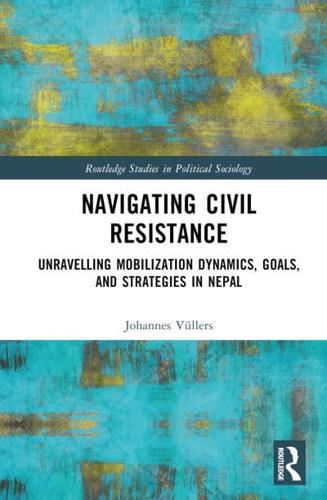Publisher's Synopsis
While civil resistance campaigns are often initiated by a small number of organizations that receive broader social support, many groups are active during periods of campaigning without belonging to the main organizing group.
Navigating Civil Resistance focuses on the mobilization dynamics of numerous non-campaign organizations in times of civil resistance, developing a theoretical framework that offers an account of nonviolent and violent resistance campaigns as sustainable challenges to the current political system, and the manner in which different organizations' characteristics affect their perception, activities, goals, and resources. Employing a mixed-methods, longitudinal approach based on unique quantitative and qualitative data for contentiously active organizations in Nepal covering a 20-year period, it shows how the mobilization dynamics of non-campaign organizations change in times of civil resistance. With a focus on organizations, the author examines the emergence of new organizations in times of resistance, the ways in which groups' goals align (or otherwise) during different periods of resistance, whether violent or nonviolent, and how their use of resources and tactics vary.
An original contribution to our understanding of the societal dynamics of civil resistance-which is characteristic of many countries in the global south-Navigating Civil Resistance will appeal to scholars of sociology and politics working at the intersection of contentious politics, civil resistance, and peace and conflict studies.











